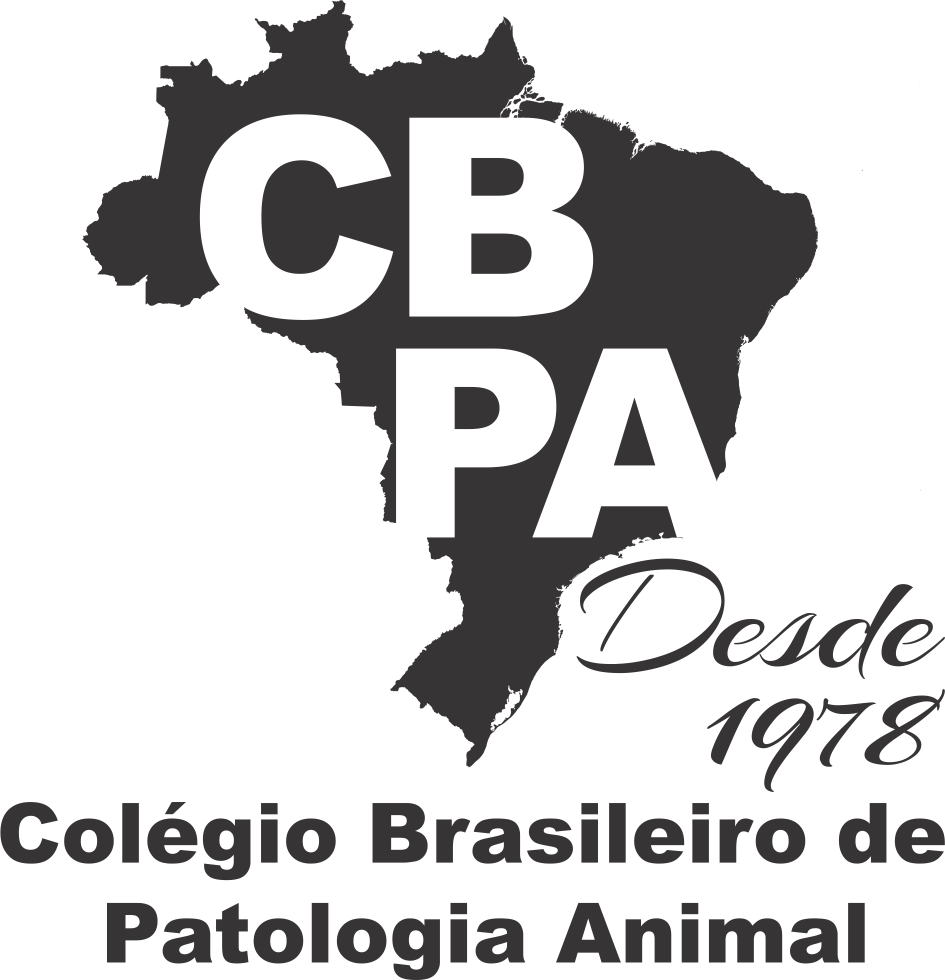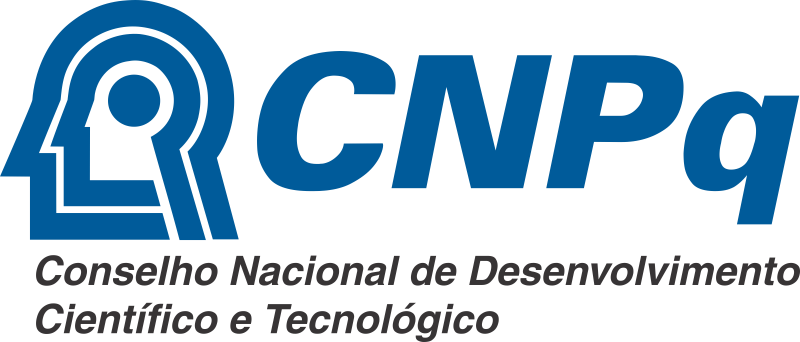Resultado da pesquisa (3)
Termo utilizado na pesquisa botfly
#1 - Control of Dermatobia hominis larvae by manual extraction is effective and does not cause abscess
Abstract in English:
In order to study alternative ways of control of Dermatobia hominis fly larvae, three processes were tested: T1, cypermethrin 5% + chlorpyrifos 7% + citronellal 0.5% (Pour on); T2, trichlorfon powder dissolved at 2% in burnt oil passed on the nodules; T3, manual larva extraction. The study was conducted at Instituto de Zootecnia in Nova Odessa, São Paulo State, Brazil. In a dairy herd of 176 animals, 29 with at least one larvae were found, distributed in the three treatments. Each treatment’s efficacy percentage was based on the number of live botflies present after 14 days. The animals were observed on days +4, +7, +14 and +21, and new botflies and abscesses were annotated. All treatments presented high effectiveness (above 98%). New botflies were already seen in the first week after applying the three treatments, and on day 21, two abscesses in each chemical treatment were observed. Larva extraction was 100% effective, with no originating abscesses, and should be encouraged in small and medium-sized properties and those with resistant botflies to chemical products.
Abstract in Portuguese:
Com a finalidade de estudar formas alternativas de controle de larvas da mosca Dermatobia hominis, foram testados: T1, cipermetrina 5% + clorpirifós 7% + citronelal 0,5% (Pour on); T2, triclorfon em pó, dissolvido a 2% em óleo queimado, passado sobre o nódulo; T3, extração manual das larvas. O estudo foi realizado no Instituto de Zootecnia, localizado em Nova Odessa, Estado de São Paulo, Brasil. Em um rebanho leiteiro com 176 animais, encontramos 29 com, pelo menos, uma larva que foram distribuídos nos três tratamentos. O percentual de eficácia foi baseado no número de bernes vivos após 14 dias da aplicação dos tratamentos. Os animais foram observados nos dias +4, +7, +14 e +21 e foram anotados novos bernes e abcessos. Todos os tratamentos apresentaram alta eficácia (acima de 98%). Logo na primeira semana, foram observados novos bernes em todos os tratamentos, e no 21º dia observamos dois abcessos em cada tratamento químico. A extração da larva foi 100% eficaz, não originando abscessos, devendo ser incentivada nas pequenas e médias propriedades, e naquelas com bernes resistentes a produtos químicos.
#2 - Oestrus ovis infection of grazing sheep during summer in southern Chile, 35(6):497-500
Abstract in English:
ABSTRACT.- Hidalgo A., Palma H., Oberg C. & Fonseca-Salamanca F. 2015. Oestrus ovis infection of grazing sheep during summer in southern Chile. Pesquisa Veterinária Brasileira 35(6):497-500. Laboratorio de Inmunoparasitología Molecular, BIOREN-CEGIN, Unidad de Parasitología, Departamento de Ciencias Preclínicas, Universidad de La Frontera, Casilla 54 D, Avda. Alemania 0458, Temuco, Chile. E-mail: jose.hidalgo@ufrontera.cl
Oestrus ovis is a botfly whose larvae cause nasal myiasis, an environmental-dependent disease in small ruminants, generating acute and chronic injuries in the cranial cavities of sheep. Chile is a country of the southernmost worldwide distribution of this parasite, and there is few information about. Whence, the objective of this study was to approximate the epidemiological situation of O. ovis infection in Chilean sheep. From December 2009 to March 2010, a total of 87 samples were obtained by necropsy for skull inspection. The larvae were collected, and microscopically identified. The prevalence in the sampled sheep was 60.9%. From those that were infected, 85.7% (18/21) of sheep were 1 to 3 years old, constituting the stratum with the highest prevalence. The difference of infection in females and males was not significant. The high risk of infection seems to be dependent upon the environmental conditions of this southern region, especially during summer when the first larval stage (L1) could be found as the evidence. Therefore, the disease should be considered as a significant problem for this kind of livestock production.
Abstract in Portuguese:
#3 - Eradication or integrated managment of neotropical myiases of the Americas?, 23(32):131-138
Abstract in English:
ABSTRACT.- Moya Borja G.E. 2003. [Eradication or integrated managment of neotropical myiases of the Americas?] Erradicação ou manejo integrado das miíases neotropicais das Américas? Pesquisa Veterinária Brasileira 23(3):131-138. Departamento de Parasitologia, Instituto de Veterinária, Universidade Federal Rural do Rio de Janeiro, Seropédica, RJ 23851-970, Brazil. E-mail: gemoya@ufrrj.br
The eradication of the screwworm, Cochliomyia hominivorax, from USA, Central America and the North of Africa has been achieved by rearing and releasing sterile males. Why we do not decide to eradicate this insect from the southamerican countries too? ln this paper the scientific, ecological and economic reasons before taking such a courageous decision are discussed. The human botfly, Dermatobia hominis, has not been eradicated from any country, because there is so far no technique available for mass production in artificial diets. Studies on dispersion, sexual behavior and aggregation sites of the adults in the field are also not known. Why the neotropical myiases will continue to be treated basically with chemicals, recommendations for insecticide resistance management and studies on alternative methods are discussed trying to apply in the future an ecologically based pest management of the screwworm and the human botfly.
Abstract in Portuguese:
RESUMO.- Moya Borja G.E. 2003. [Eradication or integrated managment of neotropical myiases of the Americas?] Erradicação ou manejo integrado das miíases neotropicais das Américas? Pesquisa Veterinária Brasileira 23(3):131-138. Departamento de Parasitologia, Instituto de Veterinária, Universidade Federal Rural do Rio de Janeiro, Seropédica, RJ 23851-970, Brazil. E-mail: gemoya@ufrrj.br
A erradicação da bicheira, Cochliomyia hominivorax dos EUA, da América Central e do Norte da África tornou-se uma realidade criando e liberando machos estéreis. Por que nos não decidimos também erradicar este inseto da América do Sul? Antes de tomar uma atitude corajosa, nós discutiremos neste trabalho as razões científicas, ecológicas e econômicas. O berne, Dermatobia hominis não tem sido erradicado de nenhum pais, devido a que não dispomos de técnicas para sua criação massal em dietas artificiais. Estão faltando também estudos sobre a dispersão, comportamento sexual e sítios de agregação dos adultos no campo. Devido a que as miíases continuarão sendo controladas basicamente com inseticidas, recomendações para manejar a resistência aos inseticidas e estudos sobre métodos alternativos são discutidos visando um Manejo Integrado do berne e da bicheira com fundamentos ecológicos.








